Description Hydrochlorothiazide/Candesartan Tablets combine Hydrochlorothiazide (12.5mg), a thiazide diuretic, and Candesartan (16mg), an angiotensin II receptor blocker (ARB), to effectively manage hypertension. Hydrochlorothiazide inhibits sodium and chloride reabsorption in the kidney’s distal convoluted tubule, increasing water excretion to reduce blood volume and blood pressure. Candesartan blocks angiotensin II receptors, preventing vasoconstriction and promoting vasodilation, which further lowers blood pressure by reducing peripheral resistance. This synergistic combination is ideal for adults requiring robust blood pressure control or cardiovascular risk reduction, particularly when single therapy is insufficient.
Uses Hydrochlorothiazide/Candesartan Tablets are prescribed for:
- Controlling high blood pressure (hypertension).
- Reducing risk of stroke and heart attack.
- Managing fluid retention (edema) associated with hypertension.
- Improving blood flow and relieving heart strain.
- Treating diabetic kidney disease in hypertensive patients.
- Preventing kidney damage in patients with hypertension and diabetes.
- Enhancing overall cardiovascular function as part of a comprehensive treatment plan.
Doctor’s Review Dr. Nadia Aslam, a respected cardiologist in Karachi, provides an overview: “This combination of Hydrochlorothiazide and Candesartan effectively targets blood pressure through dual mechanisms—fluid reduction and vessel relaxation. It’s a reliable option for patients needing comprehensive hypertension management, though regular monitoring of kidney function and electrolytes is essential for safe use.”
Dosage (Follow physician’s instructions — typical guideline)
- Adults: 1 tablet (12.5mg Hydrochlorothiazide/16mg Candesartan) once daily, with or without food.
- Adjustments: May increase to 25mg Hydrochlorothiazide/32mg Candesartan if needed after 4 weeks, based on BP response.
- Elderly or mild renal/hepatic impairment: Start with 12.5mg/16mg; monitor closely.
- Not for children; avoid in severe renal (eGFR <30ml/min) or hepatic impairment.
- Take consistently at the same time daily (e.g., morning).
In Case of Overdose Overdose may cause dizziness, lightheadedness, increased heart rate, or severe hypotension. Seek immediate medical attention. Symptoms may include fainting, weakness, or electrolyte imbalances (e.g., low potassium/sodium). Treatment involves supportive care (e.g., IV fluids, electrolyte correction); dialysis is not effective for removal. Contact a poison center promptly.
Missed Dose Take as soon as remembered on the same day unless close to the next dose. Skip the missed dose if it’s nearly time for the next one—do not double up to avoid hypotension or electrolyte issues. Resume your regular schedule and consult your doctor if misses are frequent.
How to Use
- Swallow tablet whole with a full glass of water, preferably at the same time daily (e.g., morning).
- Can be taken with or without food; food may reduce dizziness.
- Do not crush, chew, or split the tablet to maintain proper release.
- Monitor blood pressure regularly with a home device.
- Pair with a low-sodium diet and exercise as prescribed.
When Not to Use Avoid Hydrochlorothiazide/Candesartan if:
- Allergic to Hydrochlorothiazide, Candesartan, sulfonamides, or excipients.
- Severe kidney disease or anuria (no urine production).
- Severe liver disease or biliary obstruction.
- Low potassium/sodium levels (hypokalemia, hyponatremia).
- Pregnant (especially second/third trimesters) or breastfeeding.
- History of gout or gout attacks.
- Sulfonamide or penicillin allergy (potential cross-reactivity).
- Using aliskiren in diabetic patients or severe dehydration.
Side Effects Common:
- Dizziness, lightheadedness, fatigue, weakness.
- Muscle cramps, joint pain.
- Nausea, diarrhea, skin rash, itching.
- Increased sensitivity to sunlight.
Uncommon / Severe (Stop and seek medical help):
- Electrolyte imbalances (e.g., low potassium/sodium, irregular heartbeat).
- Severe hypotension (fainting, weakness).
- Kidney dysfunction (reduced urine output, swelling).
- Allergic reactions (rash, swelling, breathing difficulty).
Precautions & Warnings
- Screen for allergies to sulfonamides or ARBs before starting.
- Monitor blood pressure, kidney function, and electrolytes (potassium, sodium) regularly.
- Avoid excessive sun exposure; use sunscreen to prevent photosensitivity.
- Use cautiously in diabetes, as Hydrochlorothiazide may raise blood sugar.
- Stay hydrated to prevent dehydration from diuretic effects, especially in hot weather.
- Report gout symptoms or swelling (e.g., face, lips) immediately.
- Avoid potassium supplements or salt substitutes unless advised.
Drug Interactions
- Lithium: Increased levels with Hydrochlorothiazide—monitor for toxicity.
- NSAIDs (e.g., ibuprofen): Reduce Candesartan’s BP-lowering effect; increase kidney risk.
- Digoxin: Hydrochlorothiazide may raise levels, increasing toxicity—monitor.
- Potassium-sparing diuretics (e.g., spironolactone): Risk of hyperkalemia.
- Antidiabetics: Hydrochlorothiazide may reduce glucose control—adjust doses.
- Other antihypertensives: Enhanced hypotension—monitor BP closely.
- Cyclosporine: May worsen kidney function with Hydrochlorothiazide.
Food Interactions
- Take with or without food; food may reduce dizziness.
- Limit salt intake to enhance BP control.
- Moderate potassium-rich foods (e.g., bananas, spinach) to avoid hyperkalemia.
- Avoid grapefruit juice—may increase Candesartan levels.
- Limit alcohol to prevent worsening hypotension or dizziness.
- Stay hydrated to counter diuretic effects and support kidney function.
- Avoid licorice, as it may counteract Candesartan’s BP effects.
Storage/Disposal
- Store at room temperature (15-30°C), in a cool, dry place away from direct sunlight and moisture.
- Keep in original packaging, tightly sealed, out of reach of children and pets.
- Do not use past expiration date; check package for details.
- Dispose via pharmacy take-back programs; do not flush or trash to prevent misuse.
Quick Tips
- Take in the morning to avoid nighttime urination from diuretic effect.
- Monitor BP weekly and share readings with your doctor.
- Use sunscreen and wear protective clothing to avoid photosensitivity.
- Report muscle cramps, swelling, or irregular heartbeat promptly.
- Follow a low-salt, balanced diet for better BP control.
- Rise slowly from sitting/lying to prevent lightheadedness.
- Do not crush, chew, or split the tablet.
Disclaimer This information is provided for educational purposes only and does not replace medical advice. Use only under the supervision of a licensed physician. Do not self-medicate.

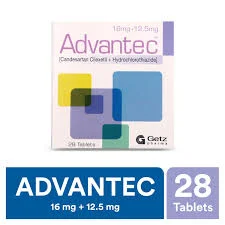
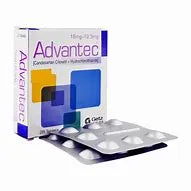
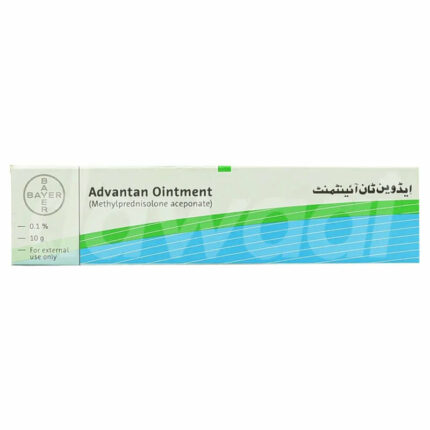
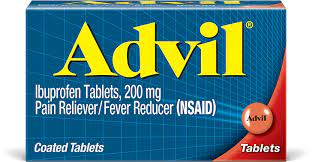
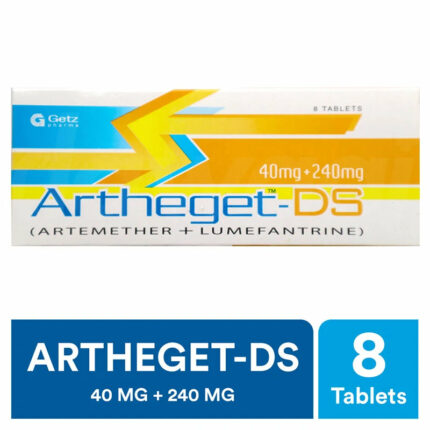
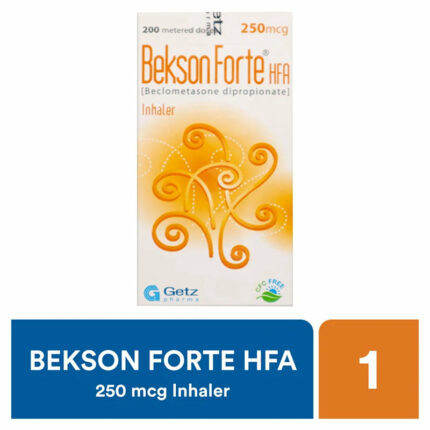
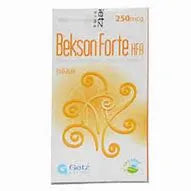
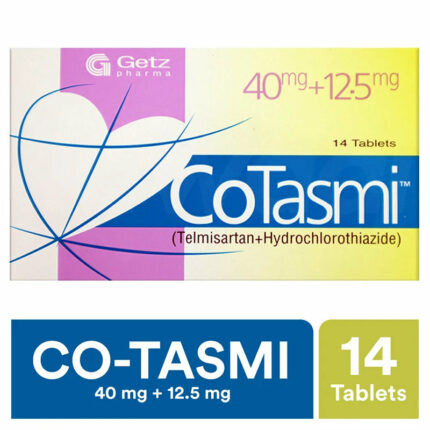

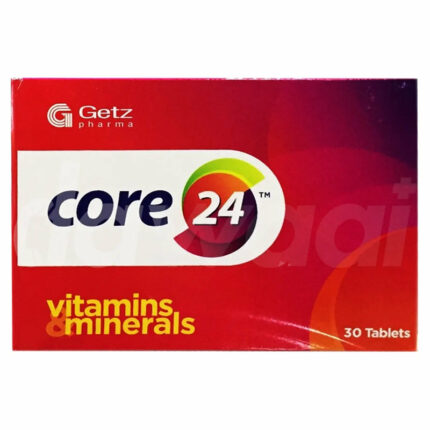
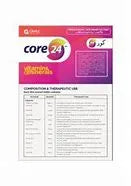
Reviews
There are no reviews yet.